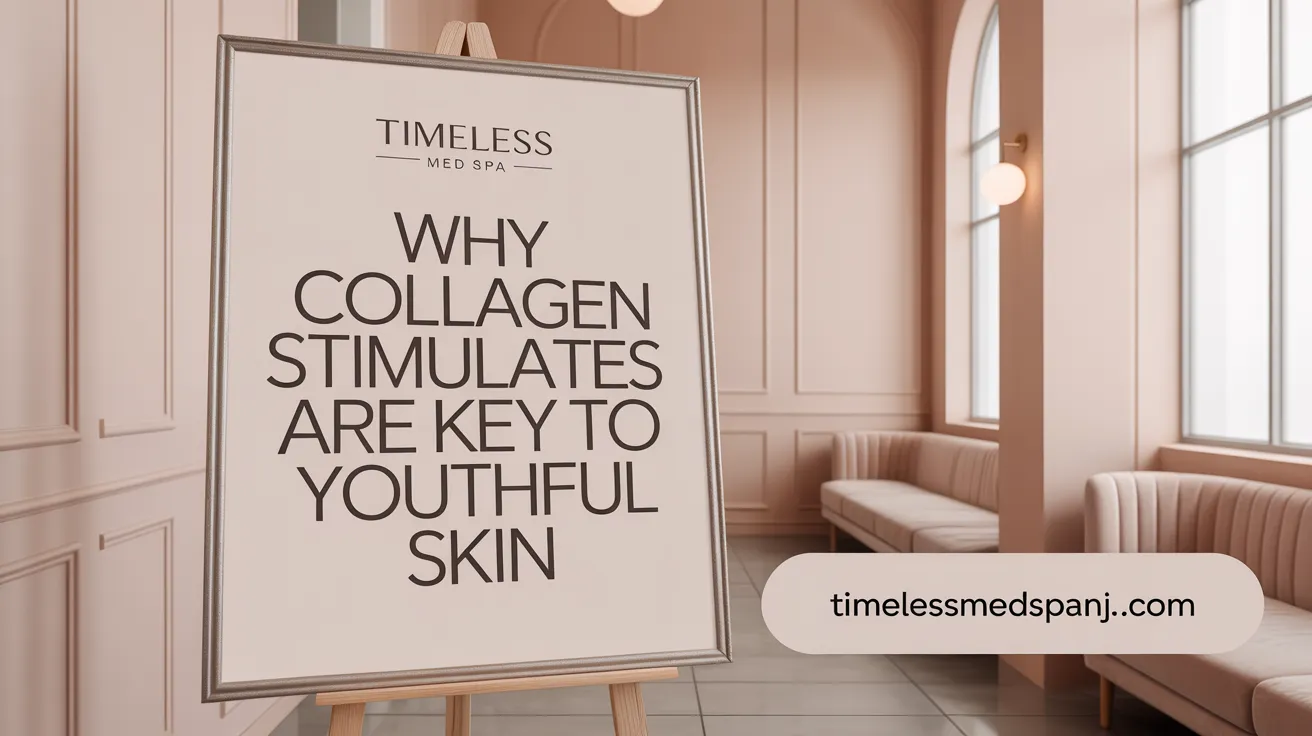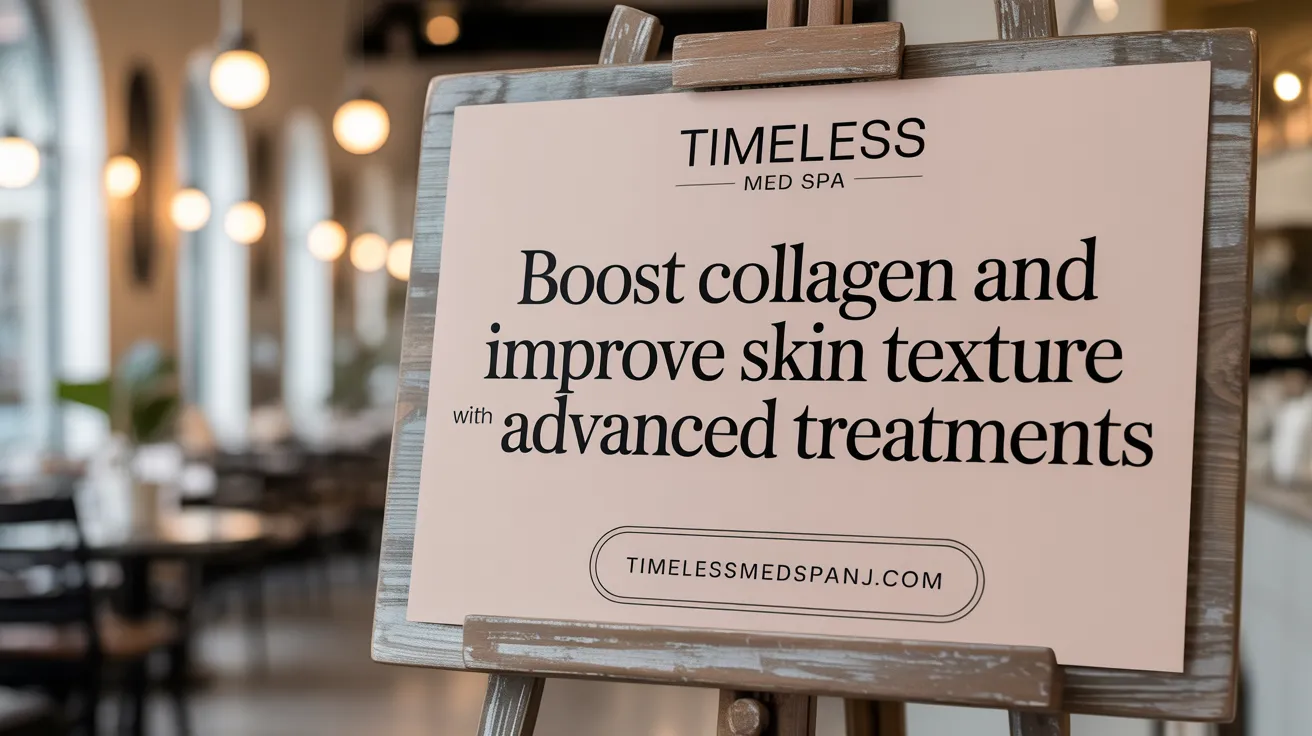Embarking on the Journey to Youthful Skin
Skin rejuvenation has evolved into a sophisticated blend of science and artistry, offering individuals a multitude of options to restore their complexion's youthful vitality. From gentle exfoliation to advanced laser technologies, understanding the step-by-step process and available treatments is crucial to achieving lasting, natural-looking results. This guide explores comprehensive skin rejuvenation treatments, their mechanisms, benefits, and how to tailor a personalized plan for optimal skin health and appearance.
Understanding Skin Aging and the Need for Rejuvenation

What causes skin aging and what are the common signs?
Skin aging results from a mix of intrinsic and extrinsic factors. Intrinsic aging is a natural process where essential skin components—collagen, elastin, and hyaluronic acid—begin to decline around ages 27 to 35. This decline weakens the dermis, resulting in reduced skin firmness and elasticity. Extrinsic factors such as sun exposure, smoking, pollution, and lifestyle choices further accelerate the aging process by damaging skin cells.
Common signs of skin aging include:
- Fine lines and wrinkles, often appearing around the eyes and forehead.
- Sagging or loose skin due to decreased firmness.
- Loss of volume and flattening of facial contours as fat pads shift downward.
- Uneven skin tone and pigmentation issues like age spots.
- Enlarged pores and dull, rough skin texture.
Learn more about facial rejuvenation procedures and signs of aging.
Why is collagen stimulation important in skin rejuvenation?
Collagen is the primary structural protein that maintains skin’s elasticity and firmness. After age 27, its production decreases by about 1% per year, leading to visible signs of aging such as wrinkles and sagging skin.
Stimulating collagen production is crucial in counteracting these effects. Various skin rejuvenation treatments—such as microneedling, laser therapy, chemical peels, and radiofrequency devices—work by prompting the skin to produce new collagen fibers. This helps restore skin structure, improve texture, and reduce wrinkles, resulting in a smoother, more youthful appearance.
Encouraging collagen formation not only delays further aging but also supports long-term skin health, making collagen-boosting treatments vital in any comprehensive rejuvenation strategy.
Consultation and Personalized Treatment Planning

Why is a professional consultation essential before skin rejuvenation treatments?
A professional consultation is the foundational step in achieving successful skin rejuvenation. During this appointment, a skincare expert conducts a thorough evaluation of your skin type, current conditions, medical history, and personal aesthetic goals. This in-depth analysis ensures that the chosen treatments are not only safe but also optimal for your unique needs, leading to more natural and effective results.
How are treatment plans customized?
Treatment plans are tailored by considering multiple factors including the patient's specific skin concerns, desired improvements, lifestyle habits, and skin sensitivity. Experts design strategies that may involve single or combined treatments to target various layers of the skin. For instance, therapies could address wrinkles, pigmentation issues, volume loss, or uneven texture in a coordinated manner to promote balanced healing and rejuvenation. This approach follows treatment customization to maximize effectiveness and safety.
What does skin analysis and diagnosis involve?
Skin analysis involves a detailed examination often assisted by specialized lighting tools to identify issues like blackheads, fine lines, pigmentation, and other irregularities. Accurate diagnosis helps skincare professionals determine the most appropriate treatments, such as chemical peels for pigmentation or laser resurfacing for texture enhancement.
Why is combining therapies beneficial?
Combining different treatment modalities can amplify results by addressing multiple skin concerns simultaneously. For example, pairing microneedling with platelet-rich plasma (PRP) therapy promotes collagen production deeply, while chemical peels can improve surface texture. This versatile approach allows for comprehensive improvements tailored to individual skin needs.
How do skin type and concerns influence treatment choices?
Skin type—such as oily, dry, sensitive, or darker tones—and individual concerns like rosacea, scarring, or hyperpigmentation significantly influence treatment selection. Professionals carefully consider these factors to avoid adverse effects and to select treatments that provide the best efficacy with minimal downtime, following guidelines for suitable skin resurfacing techniques and safe skin rejuvenation practices.
Step 1: Cleansing, Exfoliation and Skin Preparation

What are the initial steps to prepare skin for rejuvenation treatments?
The foundation of effective skin rejuvenation begins with professional facial treatments that include a thorough consultation to understand individual skin concerns. Following this, a pre-cleanse step removes makeup, oils, and impurities to enable better absorption of skincare products and treatments. Advanced skin analysis under magnification helps identify issues such as blackheads, dehydration, and pigmentation.
Subsequently, exfoliation is performed to remove dead skin layers and stimulate skin renewal. This can be achieved via mechanical means like microdermabrasion, which gently sands away the outer skin layer using fine crystals or diamond-tipped devices. Alternatively, chemical exfoliation uses peels with acids tailored for varying depths and skin issues.
How do exfoliation techniques contribute to skin rejuvenation?
Exfoliation reveals smoother, brighter skin by shedding dull and damaged top layers. Chemical peels—categorized as light, medium, or deep—are chosen based on treatment goals, effectively addressing pigmentation issues, fine lines, and acne scars. Microdermabrasion offers a gentler approach with minimal downtime, improving skin texture and tone.
Proper skin preparation through these cleansing and exfoliation processes primes the skin, enhancing the results of advanced rejuvenation treatments such as laser therapy or microneedling. By encouraging healthy cell turnover, the skin becomes more receptive and responsive, ensuring better overall outcomes and a more radiant complexion.
Step 2: Targeted Treatments to Stimulate Collagen and Correct Imperfections

What advanced treatments stimulate collagen production and improve skin texture?
Several cutting-edge treatments play a vital role in stimulating collagen production and improving overall skin texture. Microneedling involves creating controlled micro-injuries in the skin, which promotes new collagen and elastin formation. When combined with radiofrequency energy (RF microneedling), the effect is enhanced, tightening skin and reducing fine lines and scars more effectively.
Laser skin resurfacing comes in two main types: ablative and non-ablative. Ablative lasers like CO2 or Erbium remove outer skin layers, resulting in more dramatic improvements for wrinkles and pigmentation but require more downtime. Non-ablative lasers stimulate collagen below the skin surface with minimal recovery time, gradually improving skin firmness and texture. Fractional laser technology creates tiny treatment zones, allowing faster healing and reducing side effects.
Chemical peels exfoliate damaged skin layers and vary by depth: light peels target surface concerns such as mild discoloration, medium peels address pigmentation and fine lines, and deep peels treat more severe wrinkles and scarring, but require longer recovery.
Intense Pulsed Light (IPL) and BroadBand Light (BBL) therapies use broad-spectrum light to target pigmentation, redness, and vascular lesions. Besides improving uneven tone and age spots, these therapies stimulate collagen, enhancing skin texture and elasticity.
How do injectables contribute to comprehensive facial rejuvenation?
Injectables are fundamental to holistic facial rejuvenation. Botox and Dysport are neuromodulators that relax specific facial muscles, smoothing dynamic wrinkles like crow’s feet and forehead lines.
Dermal fillers, mostly hyaluronic acid-based, replenish lost volume in areas such as cheeks, lips, and under-eye hollows. This restores youthful contours and smooths static wrinkles, with effects lasting from several months up to two years.
Sculptra stands out by stimulating the body’s own collagen production gradually, providing long-lasting skin firmness and volume restoration over multiple treatments.
These targeted treatments, combined with lifestyle and skincare maintenance, offer natural-looking, long-lasting rejuvenation tailored to individual needs.
Step 3: Managing Treatment Aftercare and Recovery
What is typical downtime after skin rejuvenation treatments?
Downtime after skin rejuvenation treatments varies by the type and intensity of the procedure. Ablative laser resurfacing and deeper chemical peels generally require several days to weeks for recovery. During this period, patients may experience swelling, redness, and skin sensitivity. In contrast, non-ablative laser therapies, microneedling, and injectables like Botox and dermal fillers typically have minimal or no downtime, allowing patients to resume normal activities quickly.
What are key aspects of post-treatment care?
Effective post-treatment care is critical for optimizing results and protecting healing skin. Key practices include:
- Consistent use of broad-spectrum sunscreen with high SPF to prevent sun damage.
- Application of antioxidant-rich serums, such as vitamin C, to support skin repair and brightness.
- Regular moisturizing to maintain skin hydration and barrier function.
- Avoidance of irritants and harsh skincare products that could delay healing.
- Adherence to maintenance treatments and professional touch-ups, including periodic repeat procedures and skincare regimens containing retinoids and peptides to sustain collagen production and skin health.
What safety considerations should patients be aware of?
Safety in skin rejuvenation depends on appropriate patient evaluation, choosing qualified providers, and following medical guidelines. Potential side effects include redness, swelling, mild irritation, pigmentation changes, infection, or scarring, particularly with more aggressive treatments like ablative lasers or deep chemical peels. Most side effects are temporary and manageable. A thorough consultation and follow-up care reduce the risk of complications and ensure treatment suitability and effectiveness. Patients with certain medical histories, skin types, or risks should disclose this information to their provider.
Proper management of aftercare and recovery helps patients achieve natural-looking, long-lasting results while maintaining skin health and minimizing risks.
Step 4: Surgical and Longer-Term Solutions for Comprehensive Rejuvenation
When are surgical procedures recommended in facial rejuvenation?
Surgical treatments are typically recommended for individuals experiencing significant sagging skin, notable volume loss, and facial contour changes that nonsurgical methods cannot sufficiently correct. Procedures such as facelifts, neck lifts, eyelid surgery (blepharoplasty), and brow lifts offer more dramatic and lasting results. While they involve longer recovery times, these surgeries provide natural-looking improvements when performed by experienced surgeons skilled in preserving facial harmony.
How do fat grafting and nanofat injections support rejuvenation?
Facial fat grafting involves transferring fat from other body areas to the face, providing a permanent solution to volume loss. This procedure enhances facial contours and can improve skin quality over time. Nanofat injections, a more refined version, target fine wrinkles and delicate skin texture, especially around the under-eye area. By stimulating collagen production and skin renewal, nanofat helps rejuvenate the skin’s appearance fostering a smoother, more youthful look. Learn more about dermal fillers and fat grafting for volume restoration.
Brow lifts and other surgical options
Brow lifts are designed to elevate sagging brows, correcting droopy eyelids and improving the overall upper facial appearance. This surgical option complements other rejuvenation procedures by addressing areas that injectables may not effectively treat, enhancing facial symmetry and youthfulness.
Can surgical and non-surgical treatments be combined?
Yes, combining surgical and nonsurgical treatments is a powerful strategy for comprehensive facial rejuvenation. Surgical procedures restore underlying structure and correct significant skin laxity, while nonsurgical methods like Botox and dermal fillers, laser skin resurfacing, and targeted skincare refine skin texture, pigmentation, and volume. This combined approach achieves balanced, harmonious results tailored to individual needs and long-term maintenance.
Achieving Lasting Youthful Radiance
Comprehensive skin rejuvenation is a multifaceted journey requiring careful assessment, personalized treatment planning, and a combination of effective therapies targeting all layers of the skin and underlying structures. Whether through cutting-edge non-invasive technologies or advanced surgical procedures, restoring skin health and youthful contours is achievable with expert guidance and consistent maintenance. By embracing a holistic approach—incorporating professional treatments, home skincare, and sun protection—individuals can enjoy natural, radiant, and enduring results that enhance confidence and well-being.
